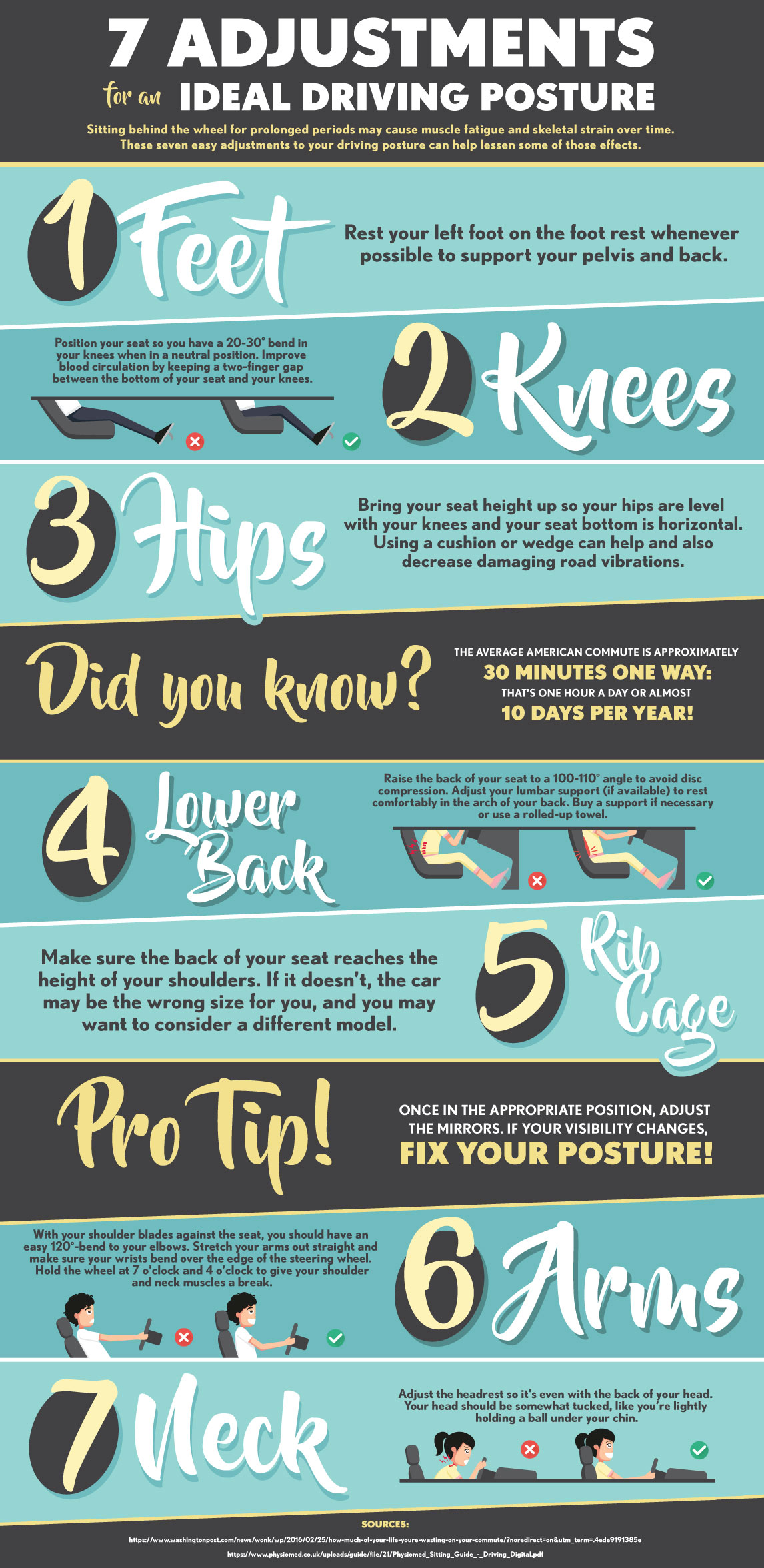Frequent Tasks That Contribute To Back Pain And Ways To Stop Them
Frequent Tasks That Contribute To Back Pain And Ways To Stop Them
Blog Article
Material Created By-Dyhr Dempsey
Keeping correct position and avoiding typical pitfalls in everyday activities can substantially impact your back wellness. From just how you sit at your workdesk to exactly how you lift heavy things, tiny modifications can make a large difference. https://www.health.harvard.edu/pain/sciatica-of-all-the-nerve without the nagging neck and back pain that hinders your every relocation; the remedy could be simpler than you assume. By making a couple of tweaks to your everyday routines, you could be on your means to a pain-free presence.
Poor Pose and Sedentary Lifestyle
Poor pose and a sedentary way of life are two significant contributors to back pain. When you slouch or hunch over while resting or standing, you put unnecessary stress on your back muscular tissues and back. This can bring about muscle inequalities, stress, and at some point, persistent neck and back pain. Furthermore, sitting for extended periods without breaks or exercise can compromise your back muscles and cause stiffness and pain.
To combat inadequate stance, make a conscious initiative to sit and stand right with your shoulders back and lined up with your ears. Remember to keep your feet level on the ground and avoid crossing your legs for extensive durations.
Incorporating routine stretching and reinforcing workouts into your everyday regimen can also help boost your position and alleviate neck and back pain connected with a sedentary way of living.
Incorrect Training Techniques
Incorrect lifting methods can dramatically contribute to back pain and injuries. When how to fix lower back pain when bending over raise heavy objects, keep in mind to flex your knees and utilize your legs to lift, rather than relying upon your back muscle mass. Prevent turning your body while training and maintain the object close to your body to lower stress on your back. It's crucial to preserve a straight back and prevent rounding your shoulders while lifting to avoid unneeded stress on your back.
Constantly analyze the weight of the things prior to lifting it. If it's as well hefty, request help or usage tools like a dolly or cart to deliver it securely.
Remember to take breaks during raising jobs to provide your back muscle mass an opportunity to rest and protect against overexertion. By executing proper training methods, you can prevent back pain and decrease the risk of injuries, guaranteeing your back stays healthy and balanced and strong for the long-term.
Lack of Regular Exercise and Extending
An inactive lifestyle lacking normal workout and extending can significantly contribute to pain in the back and pain. When you do not participate in physical activity, your muscles become weak and inflexible, bring about bad posture and enhanced stress on your back. Regular workout assists enhance the muscular tissues that support your back, boosting stability and lowering the danger of back pain. Integrating stretching into your regimen can also improve versatility, preventing tightness and discomfort in your back muscle mass.
To prevent pain in the back caused by a lack of exercise and extending, aim for at least thirty minutes of moderate physical activity most days of the week. Consist of workouts that target your core muscles, as a solid core can assist minimize stress on your back.
In addition, take breaks to extend and relocate throughout the day, especially if you have a workdesk work. Basic stretches like touching your toes or doing shoulder rolls can aid relieve stress and avoid back pain. Prioritizing routine exercise and stretching can go a long way in maintaining a healthy back and lowering discomfort.
Final thought
So, keep in mind to stay up straight, lift with your legs, and stay active to avoid pain in the back. By making waist pain to your daily routines, you can stay clear of the discomfort and limitations that include pain in the back. Look after your spine and muscles by practicing excellent stance, appropriate lifting techniques, and normal exercise. Your back will certainly thanks for it!
